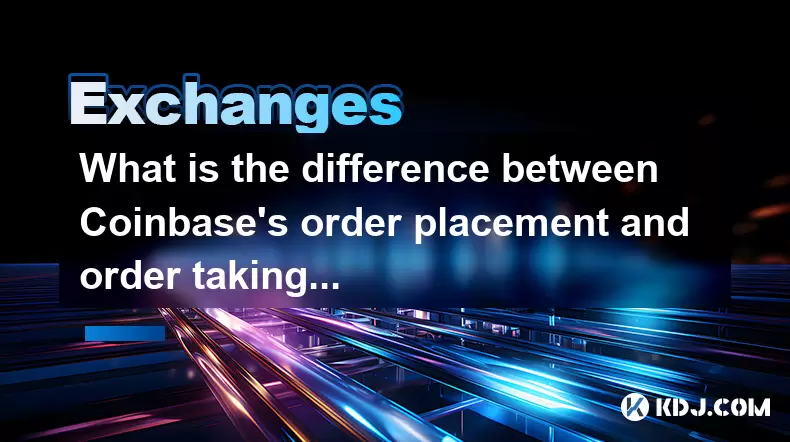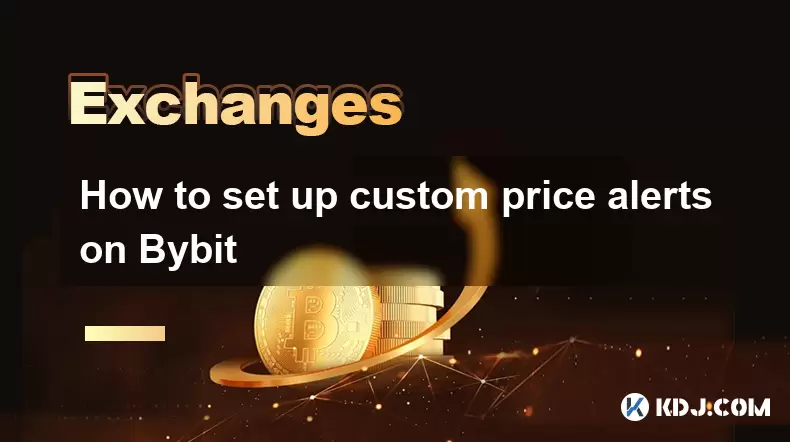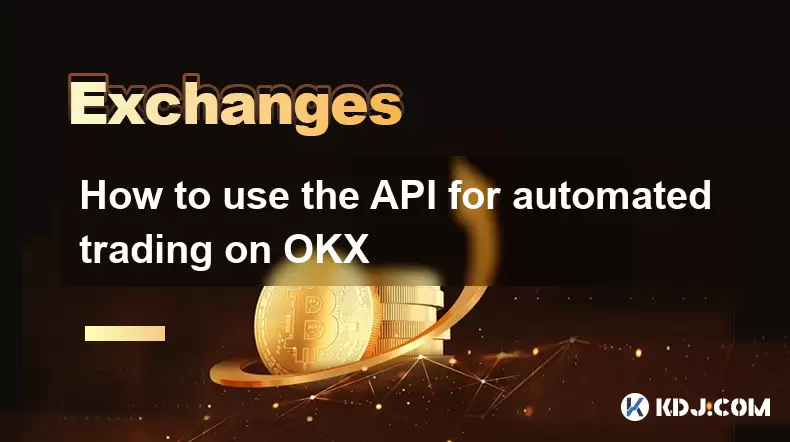-
 Bitcoin
Bitcoin $117300
1.99% -
 Ethereum
Ethereum $3884
5.89% -
 XRP
XRP $3.268
9.33% -
 Tether USDt
Tether USDt $1.000
0.02% -
 BNB
BNB $783.0
1.78% -
 Solana
Solana $173.6
3.51% -
 USDC
USDC $0.9999
0.00% -
 Dogecoin
Dogecoin $0.2193
7.00% -
 TRON
TRON $0.3380
0.30% -
 Cardano
Cardano $0.7769
5.08% -
 Stellar
Stellar $0.4350
9.36% -
 Hyperliquid
Hyperliquid $40.23
5.78% -
 Sui
Sui $3.739
6.95% -
 Chainlink
Chainlink $18.30
9.46% -
 Bitcoin Cash
Bitcoin Cash $581.7
2.11% -
 Hedera
Hedera $0.2577
5.51% -
 Ethena USDe
Ethena USDe $1.001
0.00% -
 Avalanche
Avalanche $23.08
4.23% -
 Litecoin
Litecoin $121.7
2.24% -
 UNUS SED LEO
UNUS SED LEO $8.962
-0.34% -
 Toncoin
Toncoin $3.332
1.36% -
 Shiba Inu
Shiba Inu $0.00001273
3.39% -
 Uniswap
Uniswap $10.35
6.84% -
 Polkadot
Polkadot $3.818
4.01% -
 Dai
Dai $1.000
0.01% -
 Bitget Token
Bitget Token $4.446
2.13% -
 Cronos
Cronos $0.1491
4.96% -
 Monero
Monero $255.4
-9.78% -
 Pepe
Pepe $0.00001099
4.80% -
 Aave
Aave $284.0
8.01%
What is the difference between Coinbase's order placement and order taking? Which one is more cost-effective?
On Coinbase, order placement involves setting a price for crypto trades, while order taking fulfills existing orders; costs vary based on fees and market conditions.
May 15, 2025 at 12:42 pm

The world of cryptocurrency trading involves various methods and platforms, one of which is Coinbase, a leading digital currency exchange. When it comes to trading on Coinbase, users can engage in two primary types of activities: order placement and order taking. Understanding the differences between these two can significantly impact your trading strategy and cost-effectiveness. In this article, we will explore the nuances of order placement and order taking on Coinbase, and determine which method may be more cost-effective for traders.
Understanding Order Placement on Coinbase
Order placement refers to the act of initiating a trade by specifying the price at which you are willing to buy or sell a cryptocurrency. When you place an order, you are essentially adding your order to the order book, where it waits to be matched with an existing order from another trader. There are two main types of order placements on Coinbase: limit orders and market orders.
Limit Orders: With a limit order, you set a specific price at which you want to buy or sell a cryptocurrency. Your order will only be executed if the market reaches your specified price. This type of order gives you more control over the price but may not be executed if the market does not reach your set price.
Market Orders: A market order is executed immediately at the best available price in the market. This type of order is useful if you want to buy or sell a cryptocurrency quickly, but you may end up paying a higher price or receiving a lower price than expected due to market volatility.
Understanding Order Taking on Coinbase
Order taking, on the other hand, involves fulfilling an existing order that has been placed by another trader. When you take an order, you are essentially accepting the terms of an order that is already in the order book. This can be done by executing a market order that matches with an existing limit order.
- Executing a Market Order to Take an Order: When you place a market order, it will automatically match with the best available limit order in the order book. For example, if you want to buy Bitcoin and there is a limit order to sell Bitcoin at a specific price, your market order will take that limit order, and the trade will be executed at the limit order's price.
Comparing Costs: Order Placement vs. Order Taking
The cost-effectiveness of order placement versus order taking largely depends on the fees associated with each method and the market conditions at the time of trading.
Fees for Order Placement: Coinbase charges a fee for placing orders, which varies depending on the type of order and the amount of cryptocurrency being traded. For market orders, Coinbase typically charges a higher fee than for limit orders. Additionally, if your limit order is not executed immediately, you may incur a holding fee.
Fees for Order Taking: When you take an order, you are essentially paying the fee associated with the market order. Since market orders are executed immediately, the fee for taking an order is usually higher than the fee for placing a limit order. However, if you are taking a limit order that has been sitting in the order book for a while, you may benefit from a better price than the current market rate.
Factors Influencing Cost-Effectiveness
Several factors can influence the cost-effectiveness of order placement and order taking on Coinbase:
Market Volatility: In a volatile market, taking an order can be more cost-effective if you can quickly execute a trade at a favorable price. However, if the market is stable, placing a limit order and waiting for the market to reach your desired price may be more cost-effective.
Trading Volume: The volume of trades on Coinbase can also impact the cost-effectiveness of order placement and order taking. High trading volumes can lead to quicker order executions, which may favor taking orders. Conversely, low trading volumes may result in longer wait times for limit orders, making order placement less cost-effective.
Order Size: The size of your order can also influence the cost-effectiveness of your trading strategy. Larger orders may incur higher fees, and taking an order may be more cost-effective if you can find a suitable limit order in the order book. Smaller orders, on the other hand, may benefit from the lower fees associated with limit orders.
Strategies for Cost-Effective Trading
To maximize cost-effectiveness when trading on Coinbase, consider the following strategies:
Use Limit Orders for Better Control: If you are not in a hurry to execute a trade, consider using limit orders to gain better control over the price at which you buy or sell a cryptocurrency. This can help you avoid the higher fees associated with market orders.
Monitor Market Conditions: Keep an eye on market conditions and adjust your trading strategy accordingly. In a volatile market, taking orders may be more cost-effective, while in a stable market, placing limit orders may be more beneficial.
Consider Trading Volume: Pay attention to the trading volume on Coinbase and adjust your order size and type accordingly. High trading volumes may favor taking orders, while low trading volumes may favor placing limit orders.
Evaluate Order Fees: Always consider the fees associated with different types of orders and choose the method that offers the best cost-effectiveness for your trading needs.
Frequently Asked Questions
Q: Can I switch between order placement and order taking on Coinbase?
A: Yes, you can switch between order placement and order taking on Coinbase depending on your trading strategy and market conditions. You can place a limit order and wait for it to be executed, or you can take an existing order by executing a market order.
Q: Are there any risks associated with taking orders on Coinbase?
A: Yes, there are risks associated with taking orders on Coinbase, particularly if you are executing market orders. Market orders are executed at the best available price, which may not always be favorable, especially in a volatile market. Additionally, taking orders can result in higher fees compared to placing limit orders.
Q: How can I minimize fees when trading on Coinbase?
A: To minimize fees when trading on Coinbase, consider using limit orders instead of market orders, as limit orders typically have lower fees. Additionally, monitor market conditions and adjust your trading strategy to take advantage of favorable prices and trading volumes.
Q: Is it possible to cancel an order on Coinbase after it has been placed?
A: Yes, it is possible to cancel an order on Coinbase after it has been placed, as long as the order has not been executed. To cancel an order, go to the "Orders" section on Coinbase, find the order you want to cancel, and click on the "Cancel" button next to it.
Disclaimer:info@kdj.com
The information provided is not trading advice. kdj.com does not assume any responsibility for any investments made based on the information provided in this article. Cryptocurrencies are highly volatile and it is highly recommended that you invest with caution after thorough research!
If you believe that the content used on this website infringes your copyright, please contact us immediately (info@kdj.com) and we will delete it promptly.
- Cold Wallet Crypto in 2025: The Future is Now, Ya'll
- 2025-08-08 05:10:13
- MAGACOIN, SOL, and ADA: A Tale of Shifting Tides in Crypto
- 2025-08-08 05:10:13
- SHIB Price, PEPE, and the Memecoin Supercycle: Who Will Reign Supreme?
- 2025-08-08 05:50:12
- Pudgy Penguins Price Prediction: Google Trends & Breakout Signals
- 2025-08-08 05:50:12
- UAE Crypto Regulation: SCA and VARA Unite to Streamline the Future of Digital Assets
- 2025-08-08 05:55:48
- MAGACOIN Finance: The Presale Phenomenon Rocking the Crypto World
- 2025-08-08 05:55:48
Related knowledge

How to use advanced trading on Gemini
Aug 08,2025 at 04:07am
Understanding Advanced Trading on GeminiAdvanced trading on Gemini refers to a suite of tools and order types designed for experienced traders who wan...

How to deposit USD on Bitstamp
Aug 07,2025 at 05:18pm
Understanding Bitstamp and USD DepositsBitstamp is one of the longest-standing cryptocurrency exchanges in the industry, offering users the ability to...

How to find my transaction ID on Gemini
Aug 08,2025 at 12:50am
Understanding the Transaction ID in Cryptocurrency ExchangesA transaction ID (TXID) is a unique alphanumeric string that identifies a specific transfe...

How to set up custom price alerts on Bybit
Aug 07,2025 at 04:31pm
Understanding Price Alerts on BybitPrice alerts on Bybit are essential tools for traders who want to stay informed about significant price movements i...

How to use the API for automated trading on OKX
Aug 07,2025 at 05:21pm
Understanding the OKX API for Automated TradingThe OKX API provides a powerful interface for users to automate their trading strategies, access real-t...

How to trade forex pairs on Kraken
Aug 07,2025 at 11:49pm
Understanding Forex Pairs on KrakenKraken is primarily known as a cryptocurrency exchange, but it also supports select forex pairs through its Kraken ...

How to use advanced trading on Gemini
Aug 08,2025 at 04:07am
Understanding Advanced Trading on GeminiAdvanced trading on Gemini refers to a suite of tools and order types designed for experienced traders who wan...

How to deposit USD on Bitstamp
Aug 07,2025 at 05:18pm
Understanding Bitstamp and USD DepositsBitstamp is one of the longest-standing cryptocurrency exchanges in the industry, offering users the ability to...

How to find my transaction ID on Gemini
Aug 08,2025 at 12:50am
Understanding the Transaction ID in Cryptocurrency ExchangesA transaction ID (TXID) is a unique alphanumeric string that identifies a specific transfe...

How to set up custom price alerts on Bybit
Aug 07,2025 at 04:31pm
Understanding Price Alerts on BybitPrice alerts on Bybit are essential tools for traders who want to stay informed about significant price movements i...

How to use the API for automated trading on OKX
Aug 07,2025 at 05:21pm
Understanding the OKX API for Automated TradingThe OKX API provides a powerful interface for users to automate their trading strategies, access real-t...

How to trade forex pairs on Kraken
Aug 07,2025 at 11:49pm
Understanding Forex Pairs on KrakenKraken is primarily known as a cryptocurrency exchange, but it also supports select forex pairs through its Kraken ...
See all articles

























































































